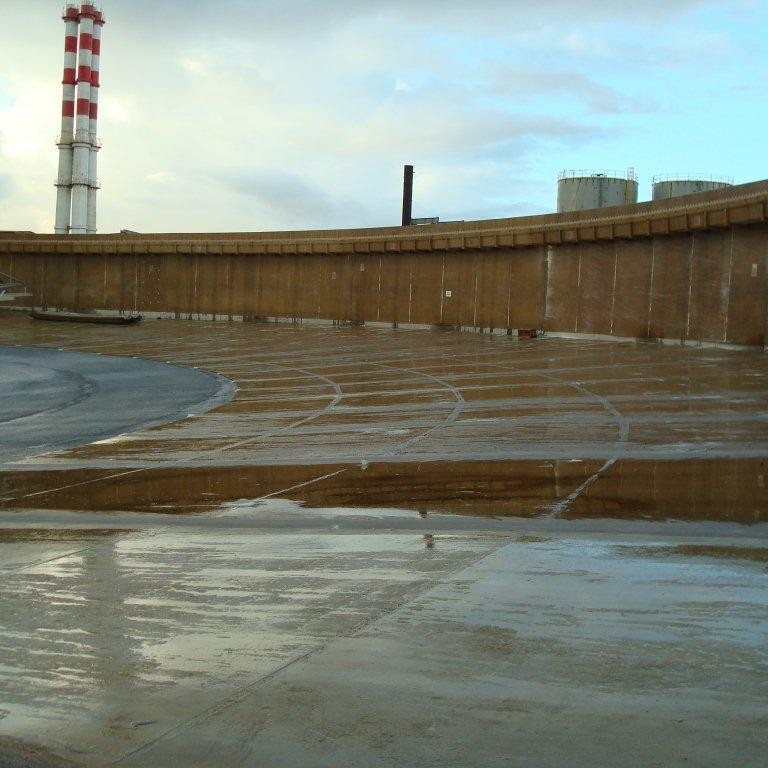
-
 Afrikaans
Afrikaans -
 Albanian
Albanian -
 Amharic
Amharic -
 Arabic
Arabic -
 Armenian
Armenian -
 Azerbaijani
Azerbaijani -
 Basque
Basque -
 Belarusian
Belarusian -
 Bengali
Bengali -
 Bosnian
Bosnian -
 Bulgarian
Bulgarian -
 Catalan
Catalan -
 Cebuano
Cebuano -
 China
China -
 China (Taiwan)
China (Taiwan) -
 Corsican
Corsican -
 Croatian
Croatian -
 Czech
Czech -
 Danish
Danish -
 Dutch
Dutch -
 English
English -
 Esperanto
Esperanto -
 Estonian
Estonian -
 Finnish
Finnish -
 French
French -
 Frisian
Frisian -
 Galician
Galician -
 Georgian
Georgian -
 German
German -
 Greek
Greek -
 Gujarati
Gujarati -
 Haitian Creole
Haitian Creole -
 hausa
hausa -
 hawaiian
hawaiian -
 Hebrew
Hebrew -
 Hindi
Hindi -
 Miao
Miao -
 Hungarian
Hungarian -
 Icelandic
Icelandic -
 igbo
igbo -
 Indonesian
Indonesian -
 irish
irish -
 Italian
Italian -
 Japanese
Japanese -
 Javanese
Javanese -
 Kannada
Kannada -
 kazakh
kazakh -
 Khmer
Khmer -
 Rwandese
Rwandese -
 Korean
Korean -
 Kurdish
Kurdish -
 Kyrgyz
Kyrgyz -
 Lao
Lao -
 Latin
Latin -
 Latvian
Latvian -
 Lithuanian
Lithuanian -
 Luxembourgish
Luxembourgish -
 Macedonian
Macedonian -
 Malgashi
Malgashi -
 Malay
Malay -
 Malayalam
Malayalam -
 Maltese
Maltese -
 Maori
Maori -
 Marathi
Marathi -
 Mongolian
Mongolian -
 Myanmar
Myanmar -
 Nepali
Nepali -
 Norwegian
Norwegian -
 Norwegian
Norwegian -
 Occitan
Occitan -
 Pashto
Pashto -
 Persian
Persian -
 Polish
Polish -
 Portuguese
Portuguese -
 Punjabi
Punjabi -
 Romanian
Romanian -
 Russian
Russian -
 Samoan
Samoan -
 Scottish Gaelic
Scottish Gaelic -
 Serbian
Serbian -
 Sesotho
Sesotho -
 Shona
Shona -
 Sindhi
Sindhi -
 Sinhala
Sinhala -
 Slovak
Slovak -
 Slovenian
Slovenian -
 Somali
Somali -
 Spanish
Spanish -
 Sundanese
Sundanese -
 Swahili
Swahili -
 Swedish
Swedish -
 Tagalog
Tagalog -
 Tajik
Tajik -
 Tamil
Tamil -
 Tatar
Tatar -
 Telugu
Telugu -
 Thai
Thai -
 Turkish
Turkish -
 Turkmen
Turkmen -
 Ukrainian
Ukrainian -
 Urdu
Urdu -
 Uighur
Uighur -
 Uzbek
Uzbek -
 Vietnamese
Vietnamese -
 Welsh
Welsh -
 Bantu
Bantu -
 Yiddish
Yiddish -
 Yoruba
Yoruba -
 Zulu
Zulu
Proper Techniques for Extending a Threaded Rod Safely and Effectively
How to Properly Extend a Threaded Rod A Comprehensive Guide
Threaded rods are essential components in various construction, manufacturing, and DIY projects. They serve as fasteners that can hold materials together effectively, allowing for adjustable lengths and secure connections. However, situations may arise where you need to extend a threaded rod to achieve the desired length. This article will provide a detailed guide on how to properly extend a threaded rod while ensuring safety and structural integrity.
Understanding the Structure of a Threaded Rod
Before proceeding with the extension process, it's crucial to understand the components of a threaded rod. A threaded rod is essentially a long, slender metal rod with continuous threads along its entire length. These threads can be external (male) or internal (female), and they come in various diameters and thread patterns, such as coarse or fine threads.
Reasons for Extending a Threaded Rod
There may be several reasons to extend a threaded rod 1. Increased Load Capacity To accommodate heavier loads or larger fixtures. 2. Custom Projects To fit specific dimensions required by a project. 3. Repairs and Modifications To replace damaged sections or reconfigure setups.
Methods for Extending a Threaded Rod
There are several effective methods for extending a threaded rod, and the choice depends on the material, load requirements, and tools available. Here are the most common techniques
1. Coupling Nut Method
One of the simplest ways to extend a threaded rod is by using a coupling nut. A coupling nut is a long nut specifically designed to join two threaded rods together.
Steps - Measure and Cut Determine the additional length required and cut the threaded rod to size if necessary. - Clean the Threads Ensure both ends of the rods are clean and free of debris. - Screw the Coupling Nut Thread the coupling nut onto one end of the first rod and then thread the second rod into the other end of the coupling nut.
This method provides a strong connection, and the coupling nut can handle significant loads if properly secured
.extension of a threaded rod how to properly extend a

2. Welding
For a more permanent solution, welding is an option, particularly when working with metal rods.
Steps - Prepare the Surface Clean both ends of the rods to be joined. - Align the Rods Position the two rods so that they are parallel. - Weld the Joint Using a welding machine, carefully weld the ends together to ensure a strong bond. Allow it to cool and inspect for any weaknesses.
Welding creates a durable connection but requires skills and safety precautions to avoid injuries.
3. Using a Threaded Insert
If a more robust connection is desired, consider using a threaded insert, which can provide additional support.
Steps - Drill and Tap Tap a hole into the end of the rod to accept a threaded insert. - Install Insert Screw the threaded insert into the drilled hole, ensuring it is secure. - Attach Another Rod Thread a second rod into the installed insert.
This method is beneficial in high-load applications as it offers greater stability.
Ensuring Safety and Compliance
When extending a threaded rod - Use Quality Materials Ensure that both the rods and connectors are made from high-quality materials suitable for the intended load. - Stress Testing After the assembly, it is wise to conduct a stress test to ensure the connection can hold the required weight. - Follow Local Codes Always check local building codes and regulations to ensure compliance, especially in construction settings.
Conclusion
Extending a threaded rod can be a straightforward process if you follow the correct methods and safety precautions. Whether you choose to use coupling nuts, weld, or install threaded inserts, understanding the principles behind each technique will help you achieve a successful extension. With the right tools and knowledge, you can ensure that your extended threaded rod meets your project’s requirements while maintaining safety and structural integrity.









